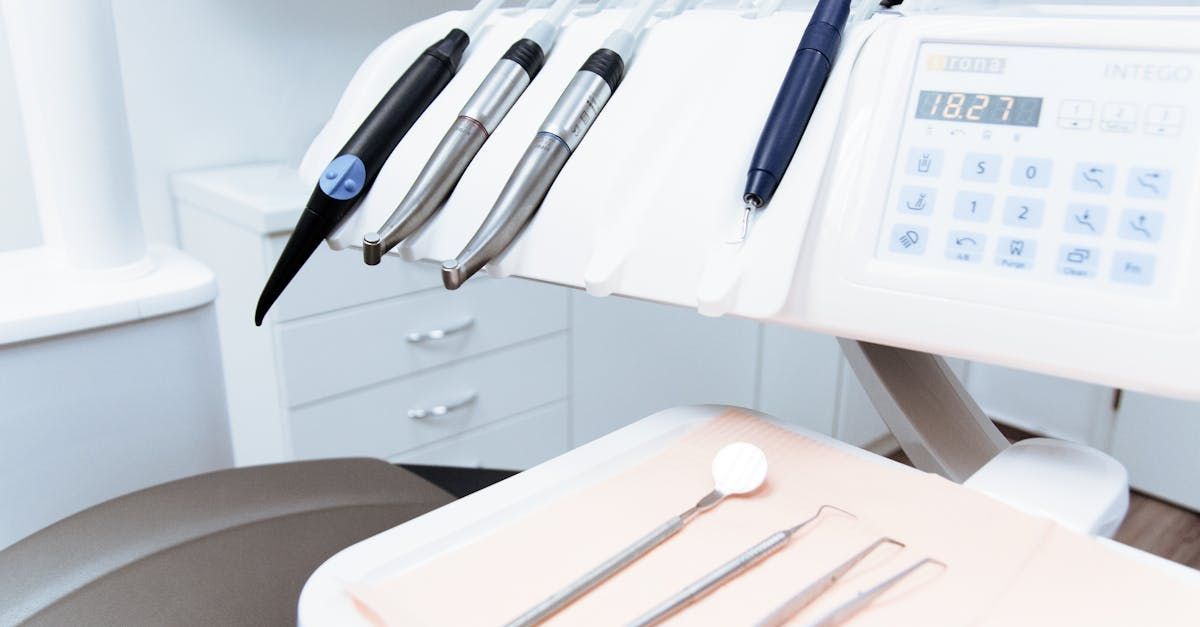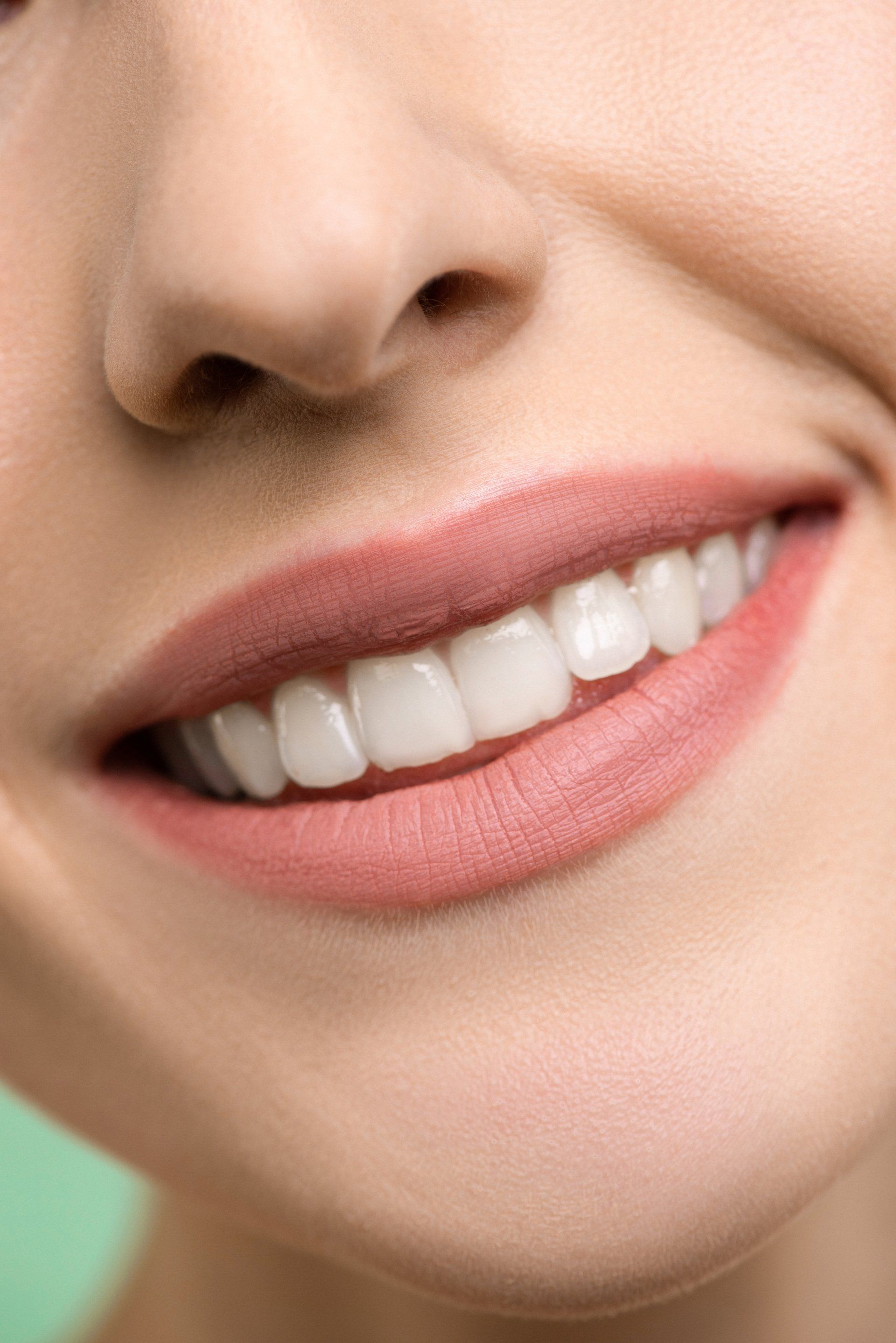What Is Advanced Gum Disease?
The truth is that most of us do not realize how fundamental oral health is. According to experts, oral health is basically the gateway to your overall health. This is because it protects our teeth from oral disease and infections, which generally affect our well-being- such as advanced gum disease. A recent CDC study states that advanced gum disease affects around 47.2% of adults aged 30 years and older. This proves that advanced gum disease is a severe and widespread health condition.
In addition, statistics further suggest that this condition is more prevalent in men than in women. That said, what is advanced gum disease, and what does it entail? Below is a brief elucidation of everything you need to know about advanced gum disease.
What Is Advanced Gum Disease?
Also known as periodontitis or periodontal disease, gum disease is a severe infection of the gums. It usually occurs when excess bacteria and plaque accumulate on your teeth and gums, affecting the tissues that hold your teeth in place.
Periodontitis usually occurs in four different stages, and advanced gum disease is the final stage. These stages include:
- Gingivitis: This is the first stage of gum disease that is characterized by inflammation in the gums. Some of the common symptoms of gingivitis are bleeding gums whenever you brush your teeth and teeth discoloration.
- Early periodontal disease: During the early stages of this condition, the gums tend to recede, and small pockets often form between your teeth and gums- these pockets usually harbor harmful bacteria.
- Moderate periodontal disease: If left untreated, the condition progresses to the moderate stage, where your teeth lose bone support and become loose.
- Advanced gum disease: In the advanced stage, the connective tissues that hold your teeth in place usually begin to deteriorate. Consequently, the gums, tissues, and bones that support your teeth become destroyed.
Symptoms of Advanced Gum Disease
Some of the common symptoms of advanced gum disease include the following:
- Swollen gums that ooze pus.
- Redness in the gums.
- Loosening of teeth, and in some cases, tooth loss.
- Experiencing pain when you chew.
- Severe bad breath.
- Extreme teeth sensitivity.
Treatment Options
In most cases, patients diagnosed with advanced periodontitis usually require dental surgery. Some of the surgical treatment options are:
- Flap surgery: This is a surgical procedure aimed at reducing the pockets that develop in your gums so that cleaning them is easier. During this process, your periodontist will lift your gums back and remove the tartar, then gently suture the gums back into place. Consequently, after surgery, your gums will slowly heal and fit tightly around your teeth.
- Bone grafting: Bone grafting is a surgical treatment option usually performed when the disease has completely destroyed the bone surrounding your tooth root. The periodontist usually places a new or synthetic bone where the initial bone was lost. This bone graft helps prevent any tooth loss by firmly holding your tooth in place.
- Tissue grafting: In instances where advanced gum disease has led to the loss of gum tissue, your gum line recedes. Therefore, this surgical process helps to replace the lost soft tissue. During this process, your health practitioner removes a small amount of soft tissue from the roof of your mouth and gently attaches it to the affected site. As a result of this, the exposed roots are covered, and further gum recession is prevented.
How to Prevent Advanced Gum Disease
You can take various measures to protect your teeth and reduce the risk of contracting advanced periodontal disease. These measures include:
- Brushing your teeth twice a day.
- Using a soft toothbrush and replacing it after every three months.
- It is advisable to use an electric toothbrush since it is more effective at removing plaque and tartar.
- Ensuring that you floss daily.
- Use anti-bacterial mouthwash after brushing your teeth. This protects your teeth from any bacteria build-up that usually leads to gum disease.
- Visit your dentist for a thorough dental cleaning regularly.
That said, when it comes to brushing your teeth, it is essential to stick to the guidelines provided by the American Dental Association (ADA):
- You should brush your teeth for two minutes, twice a day, and with a toothbrush that has soft bristles.
- Use fluoride toothpaste.
- Choose a toothbrush that has the ADA seal of approval.
Take Away
If you or a loved one is experiencing advanced gum disease, it is advisable to seek medical attention immediately. Luckily, there are numerous treatment options available for you. That said, do not hesitate to contact South Holston Dental Designs for all your dental needs.
The post What Is Advanced Gum Disease? appeared first on South Holston Dental Designs.














